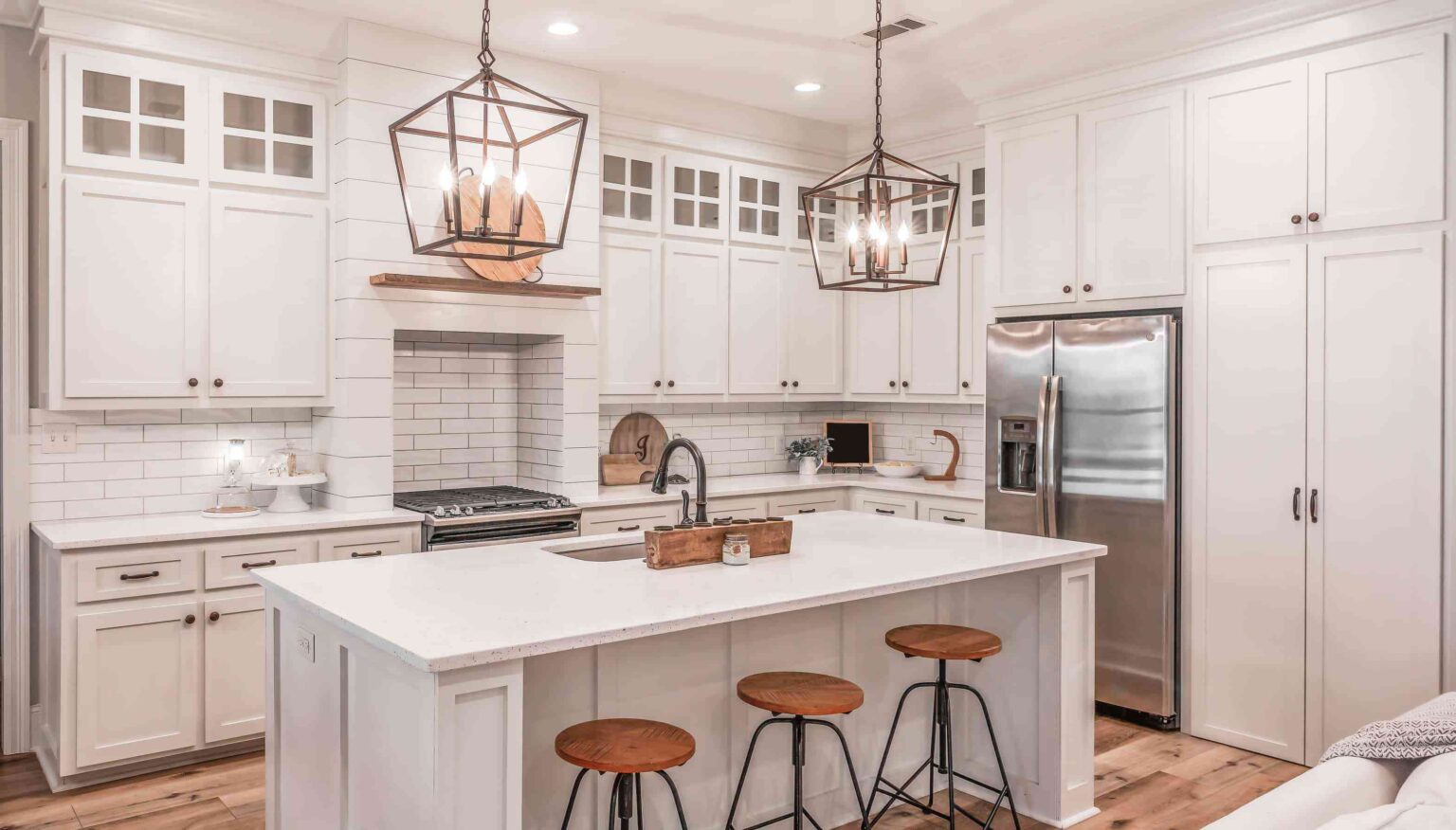This story is part of Home School, our complete guide to making your first home your own, where we share our first-hand and expert advice on everything you need to know to make your first home your best home. To learn more tips for settling into a new space, check out our full guide here.
As a first-time homeowner, you might be excitedly making plans for major renovations, minor cosmetic alterations, or just decorating with new furniture and home accessories. But before embarking on any such plans or shopping sprees, you should consider prioritizing certain items—both basic and big-ticket—that every home needs at one point or another.
We asked pros to share the best home essentials everyone needs for their first home.
For the Bedroom
Wendy Glaister, principal of Wendy Glaister Interiors, suggests that new homeowners first invest in a great mattress, emphasizing the importance of sleep.
Many new homeowners often don’t prioritize this at the start, opting to shop for a better mattress after having settled in for some time. They tend to forget about the waste of mattress shopping twice: it’s not only a waste of money, but it’s another big and bulky deposit to your local landfill.
Along the same lines, Laurel Vernazza, chief marketing officer and director of content for The Plan Collection, recommends proper window treatments to aid with sleep, such as blackout shades, in addition to providing privacy.
A third essential for this space is bedside end tables or nightstands, according to Vernazza. People underestimate how much they tend to rest all manner of things besides the bed—from phone chargers to a smart alarm clock—and a furniture top is more suitable and practical than the floor or a moving box.
Want more design inspiration? Sign up for our free daily newsletter for the latest decor ideas, designer tips, and more!
For the Kitchen
A basic set of cookware—such as a pot, pan, cooking utensils, a knife set, and cutting board—is always a necessity in a home. Even if you tend to rely on takeout and microwave meals most of the time, inevitably there’ll be a time when you need to cook or at least prepare foods yourself.
And don’t underestimate the cutting board: it can help prevent damage and scratches to your countertop.
If your new home doesn’t have a formal dining room or you plan to make the dining room a flex space for other activities, consider purchasing appropriate furnishings and accessories to carve out a dining space within the kitchen.
“Everyone has to eat somewhere, so a properly equipped dining area for the family to gather for dinner or breakfast on the go is essential,” Vernazza says.
This can be a breakfast nook if your home has a larger eat-in kitchen or on the kitchen island or peninsula. Depending on the space and layout, expect to purchase a solid table (if not allocating a kitchen counter section), comfortable chairs or counter stools, and, naturally, tableware such as plates, drinking glasses, and utensils.
For the Hallways
Safety is paramount in every home, so be sure to install and test smoke and carbon monoxide detectors. It’s recommended to install detectors on each level of the home, even the attic and basement.
A smoke detector should occupy each bedroom, hallways just outside sleeping areas, and both the top and bottom of stairways. Carbon monoxide detectors should be set outside sleeping areas at least 15 feet from bedroom entrances as well as near attached garages.
For best results, avoid setting detectors in dead-air spaces, damp areas such as bathrooms (or just outside a bath), and areas that can get drafty such as right by windows, vents, and ceiling fans, as these conditions can interfere with the detecting sensors.
You can invest in detectors that have a combination of smoke and carbon monoxide. Just be sure to follow each unit’s instructions for best placement.
For Closets or Utility Rooms
In addition to your stock of cleaning supplies, you should have a tool for picking up dust and particles. Whether it’s a broom and dustpan combination, a plug-in vacuum, or a chargeable cordless hand or stick vacuum, the latter of which Zachary Robert Ronca, a real estate agent at Brown Harris Stevens Miami, feels is best due to its portability and convenience.
He also recommends a suite of Swiffer tools (or something akin to Swiffer), including the standard mop or sweeper, duster, and Wet Jet.
“They’re affordable, compact, and incredibly effective for keeping floors and surfaces clean with minimal effort,” Ronca says.
Everywhere Else
You’ll likely encounter a space in your new home where the electric outlets aren’t located ideally for the layout you have planned. For this reason, it’s best to have an extension cord or two on hand.
Another related essential is a power strip with surge protection, which will help in areas where you need more than the standard two outlets, such as a living room where you need to plug in a TV screen, gaming station, streaming system like an Amazon Fire TV stick or Apple TV unit, WiFi router, and external speakers.
New homes will usually require a little (or a lot of) handiwork and finishing touches, and for this reason, Glaister recommends a small basic toolkit as you never know when you may need to make a quick and minor repair yourself.
Ronca agrees, suggesting that at minimum, homeowners should have a screwdriver, hammer, and measuring tape. The latter is crucial for accurately planning furniture placement and overall room decor while the hammer is a versatile tool for any minor home improvement task from pulling nails and hanging frames on the wall to breaking items and chiseling.
The screwdriver is a must-have for removing unwanted screws from walls, especially where the previous owner might have hung items, but it’s also handy for assembling or disassembling furniture.
Read the full article here
